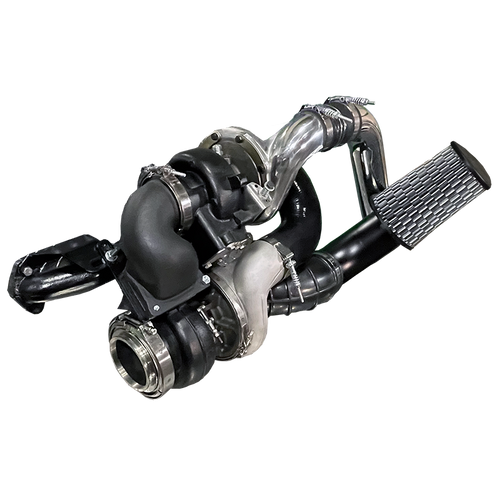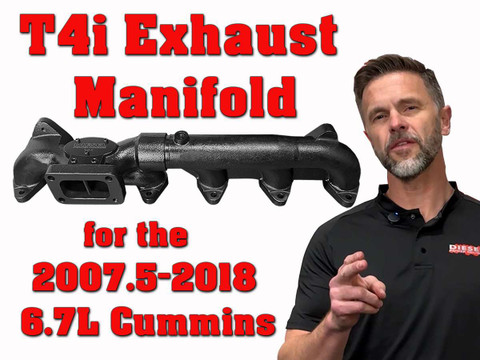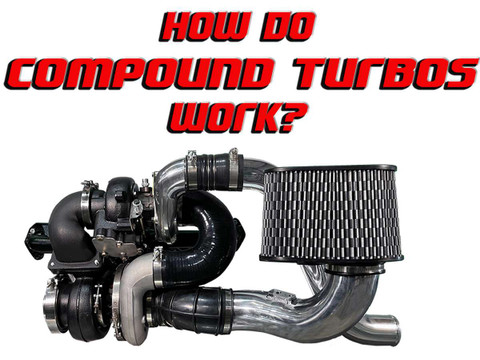These Chevy-specific kits are modeled around 2500HD/3500 platforms to address frame rail spacing, steering shaft angles, HVAC clearances, and downpipe pathing. Whether you’re building a dependable tow rig or a strong daily driver, DPS components help your Cummins deliver torque with predictable temps and service access.
Why choose a Chummins conversion for your Chevy
- Cummins torque in a Chevy chassis: Pair commercial-grade power with the ride, interior, and stability you already like.
- Fitment that works: Cast and machined parts designed around Chevy bay constraints for repeatable installs.
- Thermal control: Manifold and turbine geometry aimed at lower drive pressure and steadier EGT on long grades.
- Serviceability: Sensor ports and hardware placement that keep maintenance straightforward.
- Scalable options: From tow-focused singles to compound-ready paths as fueling increases.
Common Chevy applications
Support varies by model year and package. Typical targets include Silverado/Sierra 2500HD & 3500 across LB7, LLY, LBZ, LMM, LML, and L5P eras. Verify transmission choice, accessory layout, intercooler path, downpipe clearance, and oil routing on the product page for your year.
What’s in a typical Chummins kit
Application-specific turbocharger option, exhaust manifold or adapter as listed, hot-side and charge-air plumbing, oil feed/return solutions, clamps/couplers, brackets, heat shielding, and hardware. See each kit for exact contents and actuator/sensor provisions.
How to choose your Chevy setup
- Daily & towing: Early spool and steady EGT. Choose smaller to mid compressor sizes with matched turbine housing and a quality manifold.
- Street performance: Mid-size compressors with freer housings for stronger midrange while maintaining drivability.
- Higher-fuel builds: Larger airflow and freer A/R for headroom. Expect later spool; plan converter, gearing, cooling, and brakes.
Install notes for Chevy swaps
- Confirm transmission adapter needs, mount locations, and crossmember compatibility before ordering.
- Mock up hot-side and charge-air paths; check steering shaft, HVAC lines, battery tray, and firewall clearance.
- Use new gaskets and quality hardware; follow torque sequence on a cold engine. Pressure-test the charge-air system prior to first start.
- After shakedown, re-check fasteners, boots, and oil connections. Monitor boost and EGT on initial towing runs.
Building in stages? Explore S300 Single Turbos, S400 Single Turbos, and Diesel Exhaust Manifolds. For Ford-specific swaps, visit Fummins Conversion Kits.
Frequently asked questions
What is a Chummins conversion
A Chummins conversion installs a Cummins diesel into a Chevy 2500HD/3500 chassis. The goal is Cummins torque and durability with Chevy ride and packaging.
Will my Chevy still drive well every day
Yes. With correct turbo sizing and plumbing, you can keep good street manners, quick response in traffic, and stable temperatures on long grades.
How do I choose the right turbo for my Chevy swap
Match size to load, elevation, gearing, and tire diameter. Towing builds prefer earlier spool; performance builds may select larger compressors with freer turbine housings and appropriate fueling.
Do I need tuning
Many swaps benefit from calibration updates to optimize fueling and shift strategy. If injectors or pumps are upgraded, tuning is recommended.
What should I prepare before the swap
Confirm transmission adapter, motor mounts, intercooler piping route, downpipe path, and oil feed/return provisions. Gather fresh gaskets, fluids, quality clamps, and high-temp boots.









